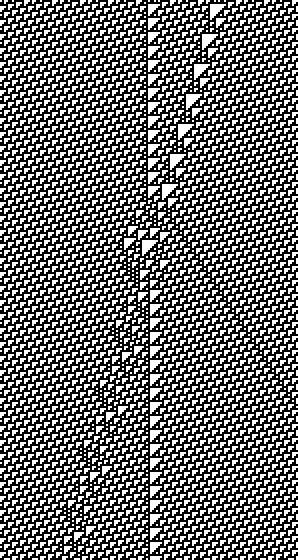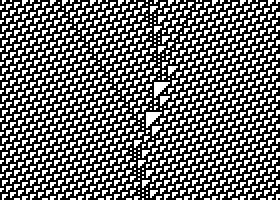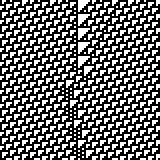
One of the simplest cellular automata are one dimensional ones and even simpler are 1D cellular automata with only 2 states and rules involving only two neighbours. One of this is Wolframs Rule 110 automaton. He has set-up a complicated system in his book "A new kind of science" to emulate any cyclic system (with some constraints), which can emulate any turing machine, with the Rule 110 automaton.
I think it should be possible to set-up an easier system for building a computer, like the turing machine. For this I have programmes a simple program, which calculates a Rule 110, with special initial conditions and a finite width: The cells are set to 11111000100110, concatenated over the whole width and with random cell-changes to 0 or 1 at a low rate. And the automaton wraps at the end to the start and vice-versa, because I think then it is easier to set-up the input and parse the output from a calculation.
It is interesting to see that there are some line-structures wich can stop other lines, run through others or initiate new ones. I think this is the key-feature in setting up a simple calculating machine with a cellular automaton.
Here are an example of the Java program:

Some interesting close-ups:


